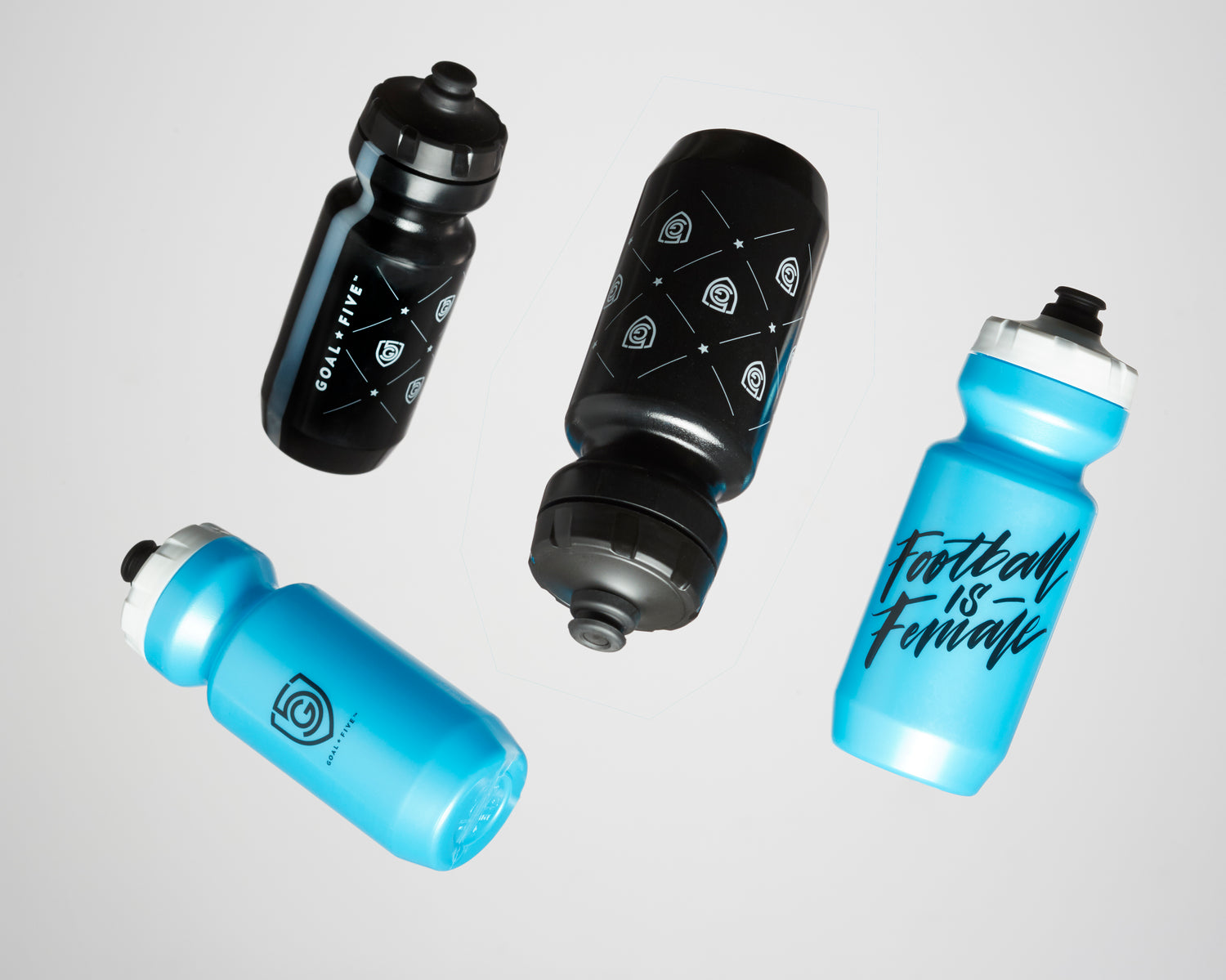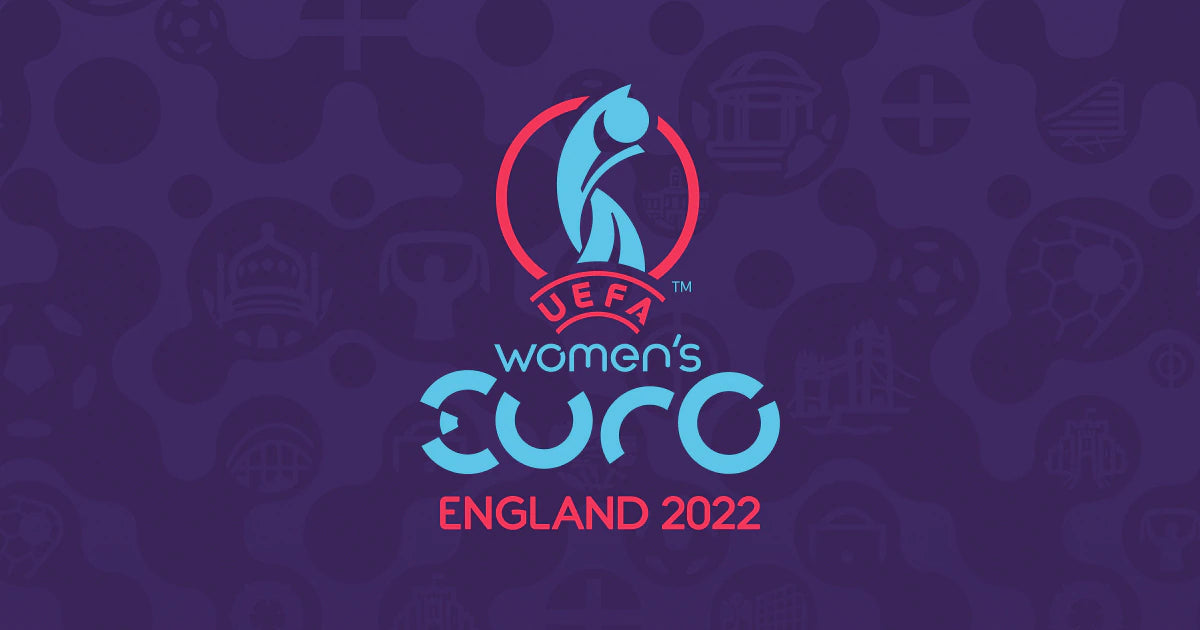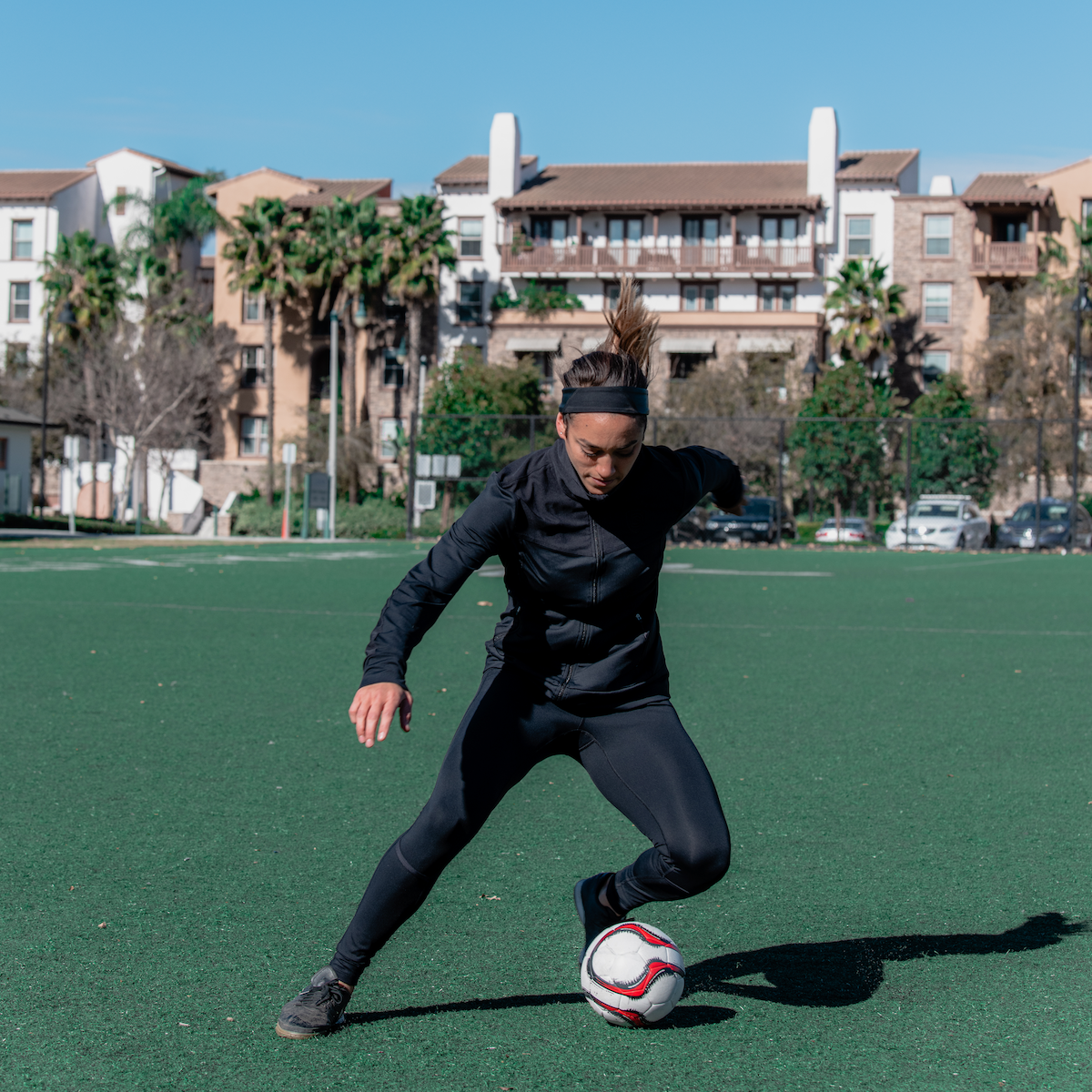The Importance of Hydration
By Jaimee Cooper, MS, RDN
Staying hydrated is easily one of our most important jobs, yet arguably difficult for athletes to keep up with daily.
This article aims to help you better understand hydration, provide you with an easy way to assess your current hydration status and give you three small ways to boost your hydration!

We first need to have a simple understanding of why hydration is important.
Hydration helps to:
- Provide adequate fluid to bodily tissues
- Lubricate our joints
- Regulate our blood pressure
- Regulate our body temperature
- Delivers nutrients throughout the body
DID YOU KNOW?
An individual that is dehydrated has a more difficult time regulating their body temperature, they burn through energy stores in the muscle and fatigue much faster than an individual that is well hydrated. Besides those horrible experiences, it can lead to a poor appetite, irritability, lightheadedness, nausea, cramping and headaches post-activity.
WHAT’S IN YOUR SWEAT
To understand hydration, we need to understand the purpose of sweat. Its primary job is to help us regulate our body temperature by cooling us off. It is mainly composed of water and electrolytes- sodium, chloride, potassium, magnesium and calcium. Electrolytes lost in the largest amounts are sodium and chloride, which together with the help of potassium (potassium is lost in smaller amounts) work to maintain fluid balance in our body.
Magnesium and calcium are electrolytes lost in smaller amounts, and help with muscle function and energy metabolism.
This is one reason why athletes that focus solely on drinking water are not truly hydrating fully. You need fluid AND electrolytes to help maintain fluid balance and help muscles function properly.
SWEAT RATE & FACTORS INFLUENCING HYDRATION
Let’s define sweat rate.
Sweat rate is defined as “the amount of fluids that you lose through sweat during a workout session”. Each of us has our own unique sweat rate.
There are several factors that influence sweat rate and thus overall hydration day-to-day.
- High temperatures
- Humidity
- Clothing/equipment
- Exercise intensity
- Exercise frequency
- Altitude
For athletes that train or play at altitude, they will experience a greater loss of fluid and electrolytes through their sweat.
CHECK YOUR URINE- QUICK WAYS TO DETERMINE HYDRATION STATUS
Your current hydration status on any given day will have major impacts!
There are a few fancy and expensive ways to determine your hydration status, but I’m a huge fan of simple and realistic. A simple way of checking your hydration status is to 1) check the color of your urine and 2) the volume of urine after going to the bathroom. While some medications and foods can alter your urine, generally this is a great place to start.
If your urine is clear like water and it takes you forever to empty your bladder, it can be an indication that you are over-hydrated. This can resemble dehydration.
If your urine is dark like apple juice and urine volume is low, that can be an indication that you haven’t hydrated well enough (under-hydrated/dehydrated). This is common when you use the bathroom first thing in the morning because you have been sleeping all night!
When working with athletes, I like for them to aim for their urine to resemble light lemonade color. This tells me that they are well-hydrated.
Over-hydrated = clear like water, high urine volume
- Under-hydrated = dark like apple juice, low urine volume
- Well-hydrated = light lemonade, normal urine volume
3 WAYS TO BOOST HYDRATION
There are so many ways to boost hydration, but here are three simple ways that can have tremendous benefits for most athletes!
-
Use sports drinks and/or electrolyte packs! Some of my favorites are: Gatorade, Propel, Liquid IV, Nuun, Electrolit, Pedialyte Sport or your own homemade sports drink (recipe below!).
a) Sports drinks and electrolyte packs can be a convenient way to get fluids, electrolytes and some carbohydrates!!
b) Don’t forget that other fluids like: smoothies, milk, soups and fruits can help boost hydration!
-
If you’re not a fan of sports drinks for whatever reason, you can add a pinch of salt to your glass of water and pair it with a salty snack.
a) Examples of salty snacks: pretzels, saltines, Cheez-its, soup or pickles.
-
Consume 16 oz of fluids for every pound lost during exercise!
a) Replenishing fluids lost immediately after activity is CRUCIAL! Fluids like fruit juice, smoothies, milk, sports drinks, soups are all great ways to hydrate, in addition to water!

HOMEMADE SPORTS DRINK RECIPE
If you are interested in making your own sports drink, look no further than this recipe!
- 1 cup fruit juice
- 1 cup coconut water
- 1/2 lemon or lime juice
- pinch of salt (add more if you're a salty sweater like me)
My favorite fruit juice to use is watermelon or pineapple juice, but use whatever flavors you enjoy! (Tip: Freeze them into popsicles for even more fun!)
With everything related to nutrition, make sure to practice what you are drinking and/or eating leading up to games!
If you are a parent looking for more information on how to support your athlete around game day nutrition, I encourage you to check out my Fueling Game Day Mini Course!
Here is what you’ll learn inside the Fueling Game Day Mini Course:
-
How to create a game day plate with plenty of options.
-
Understand what a pregame snack is and how to incorporate it.
- How to create a meal and snack strategy for game day [includes timing!]
- And so much more!
As a special bonus, I am offering $50 off the Fueling Game Day Mini Course (Regular price of $250). Use the code “GoalFive” for $50 off the course! Here is the link to enroll and gain access to the mini course → Enroll Today!
If you have any questions or want more information on how you can work with me, follow me over on Instagram @soccer.nutritionist or email me at Jaimee@thesoccernutritionist.com!




Leave a comment
This site is protected by hCaptcha and the hCaptcha Privacy Policy and Terms of Service apply.